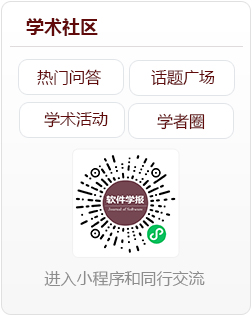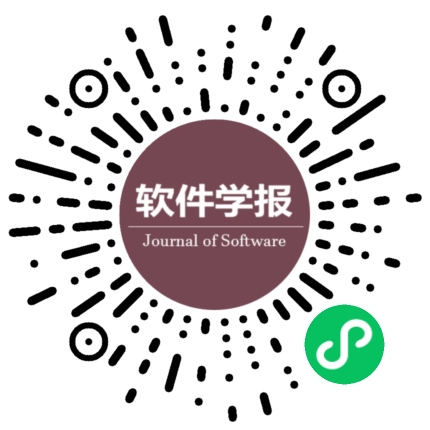微博信息传播预测研究综述
作者:
作者单位:
作者简介:
通讯作者:
中图分类号:
基金项目:
国家重点基础研究发展计划(973)(2014CB340503); 国家自然科学基金(61472107, 61202277)
Survey on Predicting Information Propagation in Microblogs
Author:
Affiliation:
Fund Project:
National Program on Key Basic Research Project (973) (2014CB340503); National Natural Science Foundation of China (61472107, 61202277)
引用本文
李洋,陈毅恒,刘挺.微博信息传播预测研究综述.软件学报,2016,27(2):247-263
复制相关视频

分享
文章指标
- 点击次数:
- 下载次数:
- HTML阅读次数:
历史
- 收稿日期:2015-05-08
- 最后修改日期:2015-10-17
- 录用日期:
- 在线发布日期: 2016-02-03
- 出版日期:
文章二维码

您是第位访问者
版权所有:中国科学院软件研究所 京ICP备05046678号-3
地址:北京市海淀区中关村南四街4号,邮政编码:100190
电话:010-62562563 传真:010-62562533 Email:jos@iscas.ac.cn
技术支持:北京勤云科技发展有限公司
版权所有:中国科学院软件研究所 京ICP备05046678号-3
地址:北京市海淀区中关村南四街4号,邮政编码:100190
电话:010-62562563 传真:010-62562533 Email:jos@iscas.ac.cn
技术支持:北京勤云科技发展有限公司



